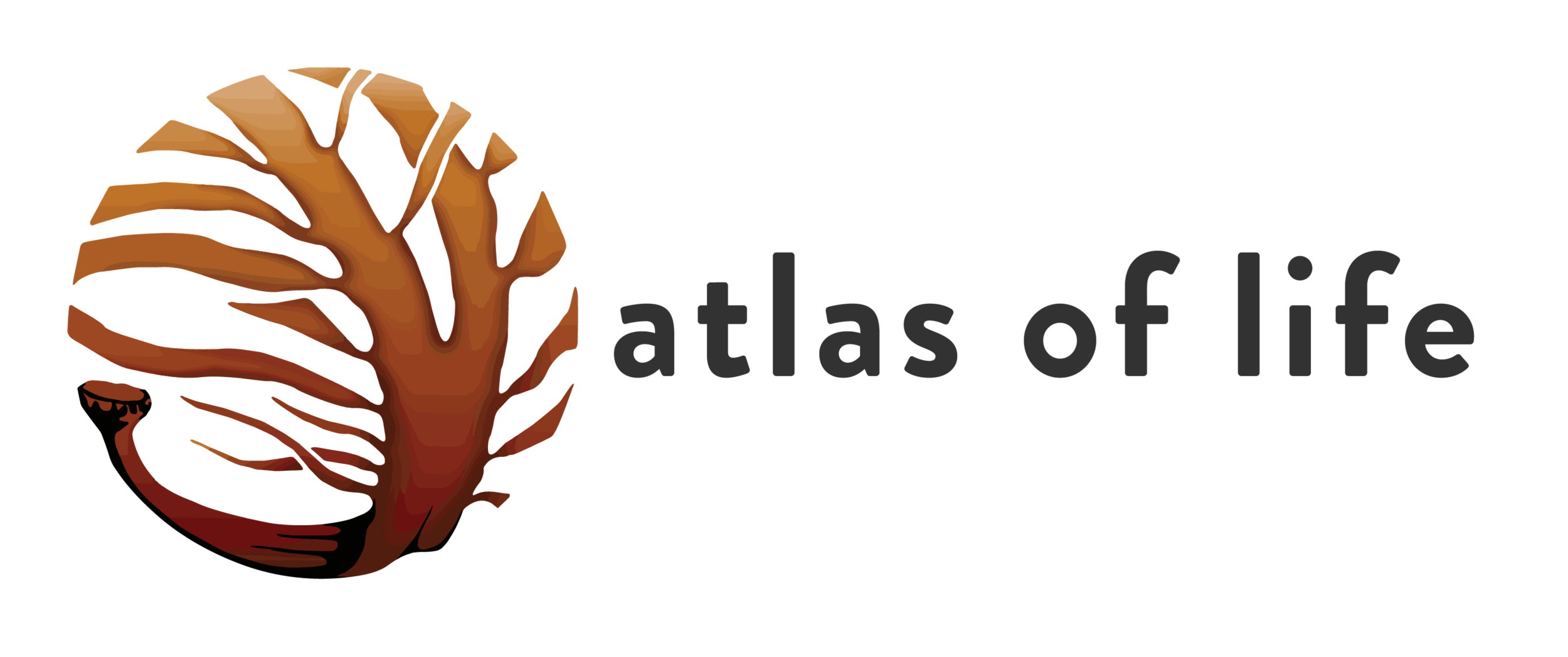Wildlife drinking stations
Part of the
Atlas Fire Recovery Project
2020
There are currently hundreds of watering stations set up across the region. Some have been part of volunteer group projects, others are the initiatives of individuals keen to help animals during the drought and post fire.
What you need to know
Anyone can put out a bucket or tray of water for thirsty kangaroos. It is a simple thing to do and it appears to be of benefit. But there are some important things to consider before setting up a water station.
Record the location of your watering station
To help manage the distribution of watering stations, it is very important to record your station on the NatureMapr platform. It’s easy to do and it will greatly assist the relevant environmental agencies in their monitoring and management of wildlife recovery efforts.
Monitoring who turns up
How will you know that your watering station is attracting the right visitors? Is it helping the native animals or is it supporting pests and ferals such as deer, cats and foxes?
A motion-sensitive camera is ideal. This won’t be available or practical in many cases, so regularly checking for scats and tracks is another option.
Your observations can be valuable in planning for the most effective use of wildlife drinking stations in the future. Please report all animal sightings on NatureMapr. Species experts can help you identify your animals and you will be making an important contribution to Fire Recovery 2020.
Here’s how to record your sightings to NatureMapr using the App. This is great for uploading photos taken on a phone. Alternatively, you can upload via a web browser - here’s a step-by-step guide.
More information about bushfire recovery in nsw
The NSW Government website is a source of reliable and valuable information on the effect of our recent fires and the processes involved in nature’s recovery. Many of the information sheets have been published recently, and others will appear soon. Below are links to a few key documents, and it is worth scrolling through the ‘related links’ at the bottom of each page for new publications or other items of interest.
The Google Earth Engine Burnt Area Map … “A rapid mapping approach to find out where wildfires in New South Wales have affected vegetation” … and in a couple of clicks you can view the map for your area! Note that the assessments are ongoing and not all fire grounds in our region have been evaluated yet.
Helping wildlife in emergencies … an introduction to how members of the public can best assist wildlife during emergencies such as the recent fires.
Impact of fires on plants and animals … “Providing advice for the recovery of biodiversity after fire” … explaining the Department’s strategy for monitoring, mapping and impact assessments.
Wildlife and Conservation Bushfire Recovery … “Immediate Response January 2020. This document sets out our immediate actions to support native wildlife recovery.” … a more comprehensive document detailing the recovery projects being undertaken, including the projects assisting threatened species.
This web page is provided in support of initiatives by National Parks and Wildlife, NSW Department of Planning, Industry and Environment, and the Bega Valley Shire Council. The Atlas of Life in the Coastal Wilderness is pleased to be a part of the NatureMapr network and this broader, collaborative recovery effort. Any errors or omissions are mine. Please contact me if you see a problem. Kerri-Lee Harris, 15/2/20






